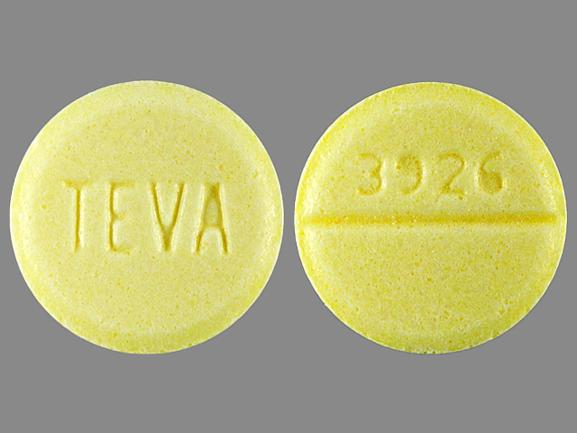Diazepam and Alcohol/Food Interactions
There are 2 alcohol/food/lifestyle interactions with diazepam.
Diazepam Food/Lifestyle
Moderate Food Interaction
Grapefruit and grapefruit juice may interact with diazePAM and lead to potentially dangerous side effects. Discuss the use of grapefruit products with your doctor. Do not increase or decrease the amount of grapefruit products in your diet without first talking to your doctor. Do not drink alcohol while taking diazePAM. This medication can increase the effects of alcohol. You may feel more drowsy, dizzy, or tired if you take diazePAM with alcohol. Talk to your doctor or pharmacist if you have any questions or concerns.
Switch to professional interaction data
Diazepam Obesity
Moderate Potential Hazard, High plausibility
benzodiazepines - obesity
The plasma half-lives of benzodiazepines may be prolonged in obese patients, presumably due to increased distribution into fat. Marked increases in distribution (> 100%) have been reported for diazepam and midazolam, and moderate increases (25% to 100%) for alprazolam, lorazepam, and oxazepam. Therapy with benzodiazepines should be administered cautiously in obese patients, with careful monitoring of CNS status. Longer dosing intervals may be appropriate. When dosing by weight, loading doses should be based on actual body weight, while maintenance dose should be based on ideal body weight to avoid toxicity.
Switch to professional interaction data
Diazepam drug interactions
There are 526 drug interactions with diazepam.
Diazepam disease interactions
There are 12 disease interactions with diazepam which include:
- acute alcohol intoxication
- closed-angle glaucoma
- drug dependence
- renal/liver disease
- respiratory depression
- seizures
- prolonged hypotension
- myasthenia gravis
- renal/liver disease
- depression
- obesity
- paradoxical reactions
More about diazepam
- diazepam consumer information
- Check interactions
- Compare alternatives
- Pricing & coupons
- Reviews (900)
- Drug images
- Latest FDA alerts (2)
- Side effects
- Dosage information
- Patient tips
- During pregnancy
- Support group
- Drug class: benzodiazepine anticonvulsants
- Breastfeeding
Related treatment guides
Drug Interaction Classification
| Highly clinically significant. Avoid combinations; the risk of the interaction outweighs the benefit. | |
| Moderately clinically significant. Usually avoid combinations; use it only under special circumstances. | |
| Minimally clinically significant. Minimize risk; assess risk and consider an alternative drug, take steps to circumvent the interaction risk and/or institute a monitoring plan. | |
| No interaction information available. |
See also:
Further information
Always consult your healthcare provider to ensure the information displayed on this page applies to your personal circumstances.


